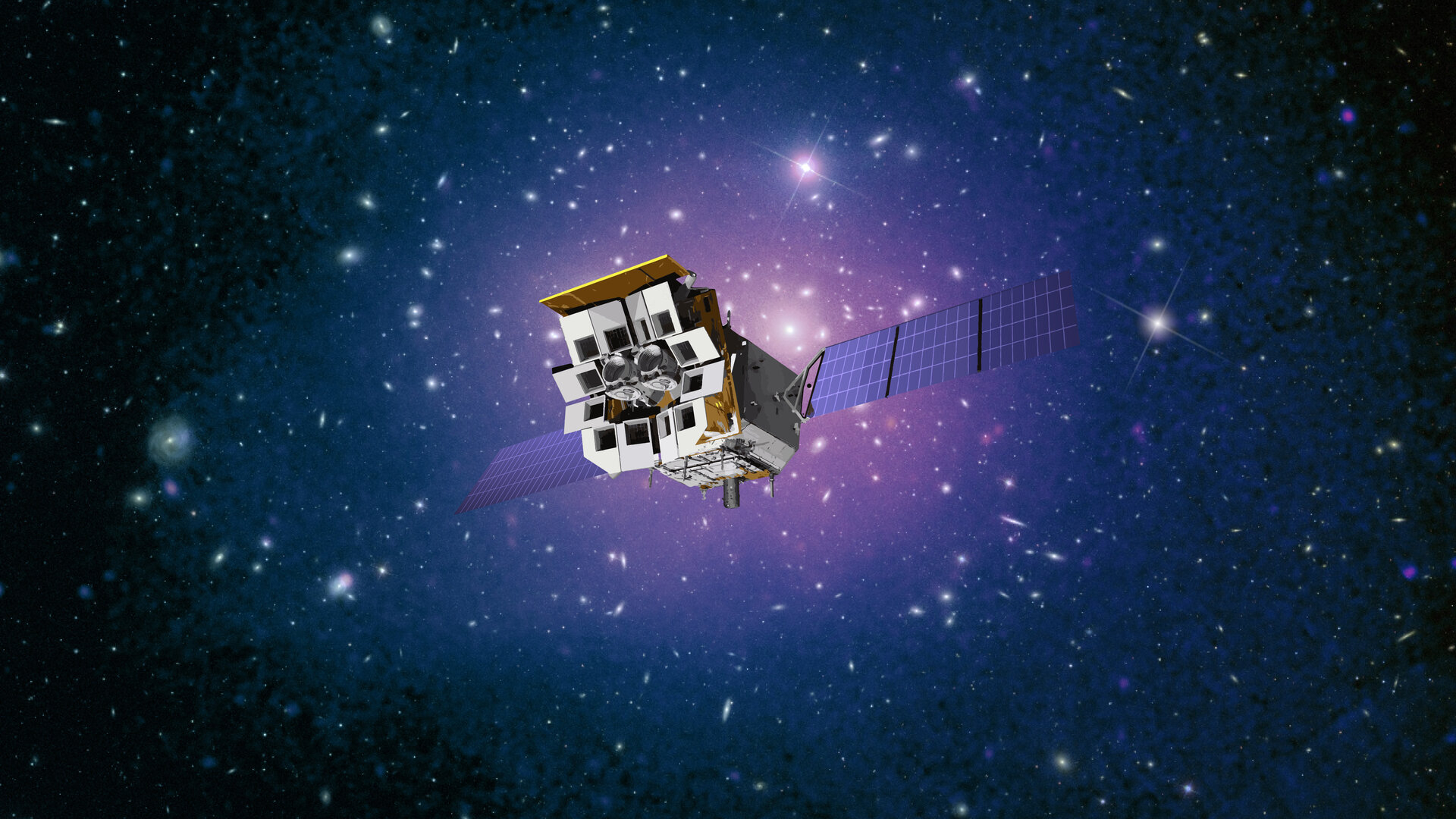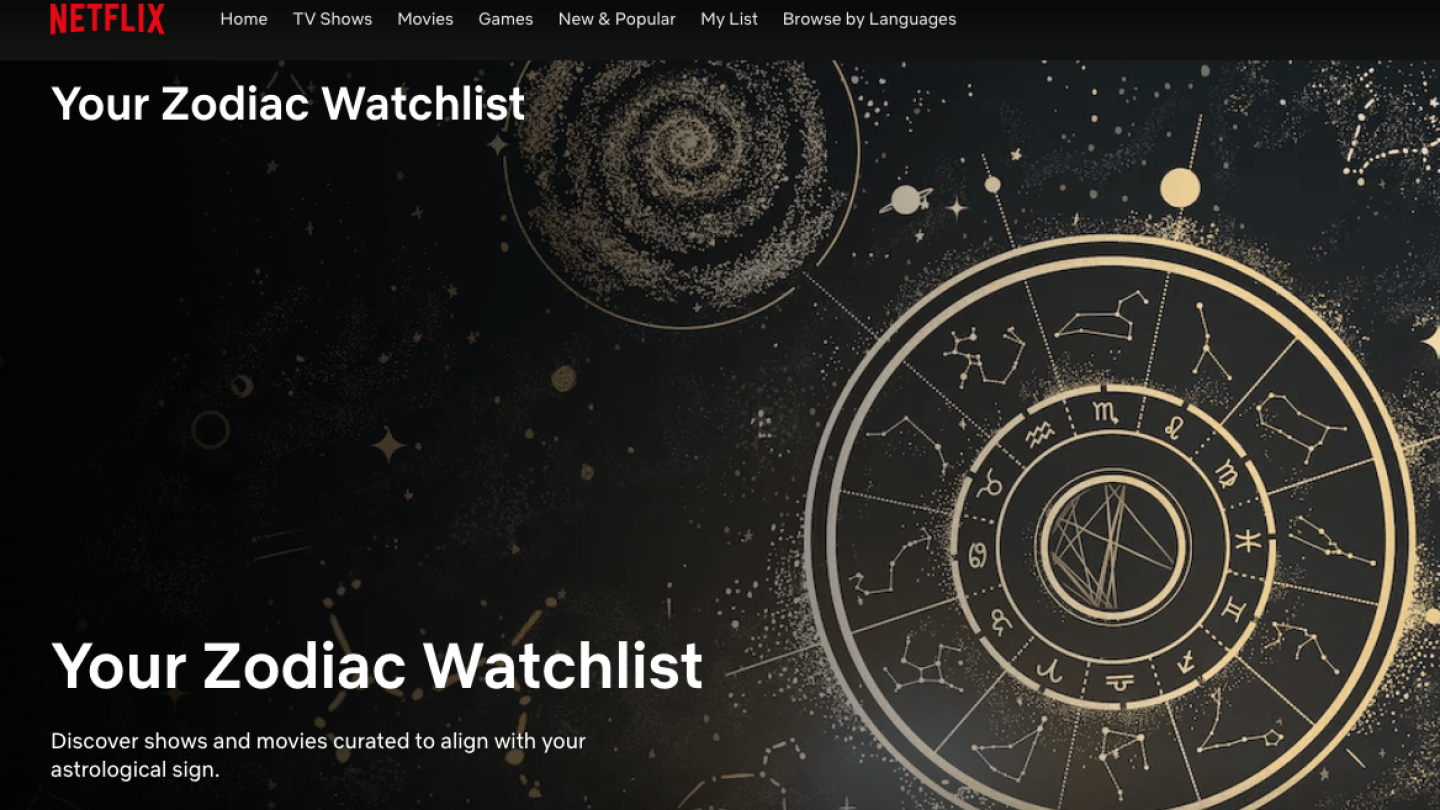Adolescents who experience sleep problems are more likely to self-harm, according to a study of over 10,000 teenagers.
Researchers found that poor or fragmented sleep at age 14, including shorter sleep on school days, longer time to fall asleep and more frequent night awakenings, predicted a higher risk of self-harm three years later.
Published in the Journal of Child Psychology and Psychiatry, the study comes as self-harm among young people continues to rise, representing a growing public health concern. The findings show that sleep, a modifiable risk factor, is a key influence and improving sleep during adolescence, a critical period for intervention, could help reduce the risk of self-harm.
Related Article: Study reveals successful mental health interventions for school-aged children
Led by researchers at the University of Warwick and University of Birmingham, the team analysed data from 10,477 teenagers in the Millennium Cohort to investigate the relationship between multiple measures of sleep problems and rates of self-harm.
At the age of 14, the teenagers were asked about their sleep patterns, including how long they slept on school days, how long it took to fall asleep, and how often they awoke during the night. They were also asked whether they had self-harmed at 14, and were asked the same question again three years later, at age 17.
Teenagers who slept less on school nights, took longer to fall asleep or woke up more often at night, were more likely to report self-harming at age 14. These sleep problems also predicted higher rates of self-harm three years later at age 17, even after accounting for factors such as age, sex, socioeconomic background, and mental health.
The findings highlight that teenage sleep can have long-lasting impacts on self-harm, suggesting that sleep interventions during adolescence could be a way to support teenagers at risk.
Michaela Pawley, PhD student at the University of Warwick, and first author, said: ‘Using large-scale data like this really allows you to explore longitudinal relationships at a population level. In this analysis, we discovered that shorter sleep on school days, longer time to fall asleep and more frequent night awakenings at age 14 associated with self-harm concurrently and 3 years later at age 17.’
Related Article: Study reveals teenage girls’ own views on low mood and anxiety increase
She added: ‘While this is clearly an unfavourable relationship, one positive from this research is that sleep is a modifiable risk factor, we can actually do something about it. If the link between sleep and self-harm holds true and with well-placed interventions in schools and homes, there is a lot we can do to turn the tide.’
The researchers also looked at whether poor sleep can lead to poor decision-making, but found that this did not explain the relationship between sleep problems and self-harm. Night awakenings may be particularly important, as they disrupt REM sleep, which is essential for emotion regulation. Additionally, disturbed sleep may lead to ineffective coping strategies and impaired cognitive function.
Further research is needed to determine how poor sleep is associated with the risk of self-harm. Regardless of the cause, the study emphasises the importance of sleep in adolescence in preventing self-harming behaviours.
Related Article: Text message reminders can improve teenage oral health
Senior author Professor Nicole Tang, director of Warwick Sleep and Pain Lab at The University of Warwick, added: ‘Self-harm is one of the leading causes of death among adolescents and young adults. It is a sobering topic. Knowing that poor and fragmented sleep is often a marker preceding or co-occurring with suicidal thoughts and behaviour, it gives us a useful focus for risk monitoring and early prevention.’









